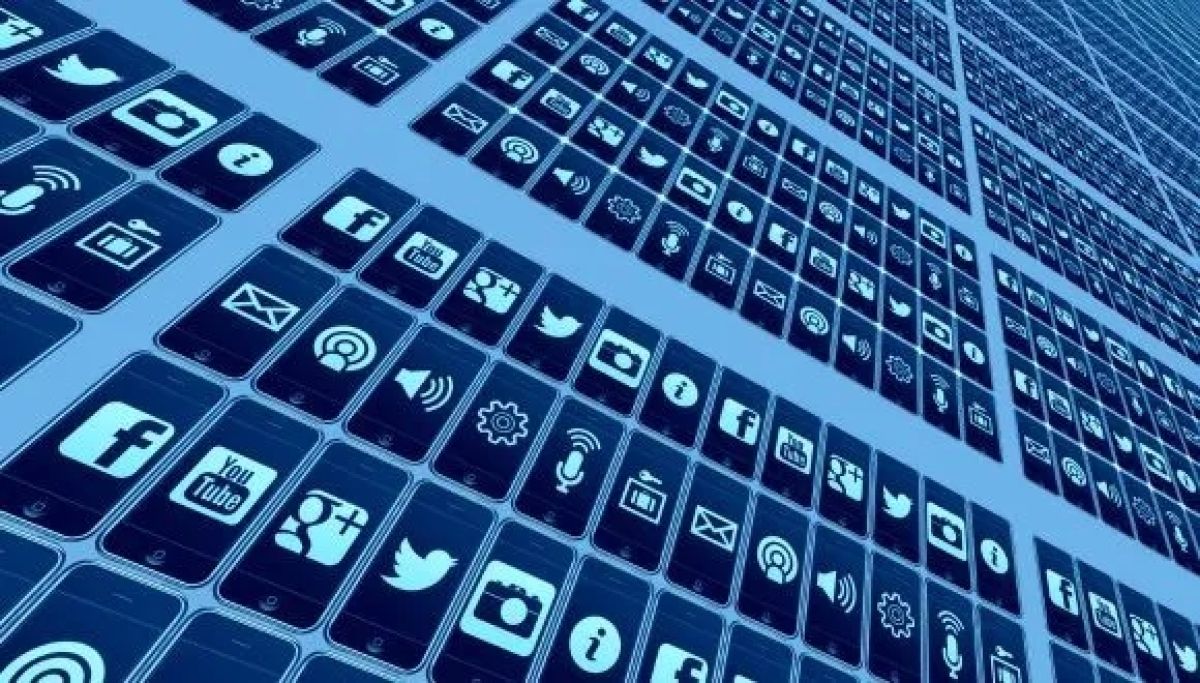Should Platforms Control Your Data?
Game theory shows data sharing benefits.
Researchers from Tel Aviv University used mathematical tools from game theory to show that in certain situations, allowing platforms to retain decision-making power over the collection and commercialization of their users’ data can enhance overall welfare. The study was conducted by Prof. Yaron Yehezkel from the Coller School of Management at Tel Aviv University, in collaboration with Prof. Sarit Markovich from Northwestern University in Illinois. The surprising findings were published in the Journal of Economics & Management Strategy.

Prof. Yaron Yehezkel. Photo credit: Israel Hadari, Tel Aviv University.

Prof. Sarit Markovich. Photo credit: Evanston Photographic Studios.
“Our research examined platforms that collect and commercialize user data”, explains Prof. Yehezkel. “For instance, when we search for information on Google, the platform can collect data about us. Similarly, when we listen to music on Spotify, Spotify can gather information about our habits. Platforms can choose to trade this data—for instance, selling it to advertisers who then use it to display targeted ads based on our activity on Google or Spotify. In this study, we asked: Who should have the right to impose the collection and sale of this data on users? Who benefits, who loses, and under what circumstances?”.
Data Privacy: American vs. European Models
Broadly, there are two approaches to this issue. The American model grants platforms full discretion over data collection and usage. When a user signs up for a platform, they agree to its terms, effectively relinquishing control over the data collected about them. Platforms are free to use the data as they see fit, and users who disagree can simply stop using the platform. The European model, in contrast, is embodied by the General Data Protection Regulation (GDPR). Under GDPR, users, not platforms, retain control over their data. Users can decide how their data is used while still being able to access the platform. This is why European users encounter consent pop-ups when browsing platforms like Google, allowing them to approve or deny various uses of their data. In Israel, the American model is the prevailing approach.
“The question we explored is which approach is better—giving users control over their data or leaving control with the platform”, says Prof. Yehezkel.
He continues: “Our study was mathematical and theoretical, rather than quantitative and empirical. We used game theory to model the behavior of users and platforms through mathematical utility functions that reflect societal benefit and company profit, aiming to identify the market’s equilibrium point”.
In their research, Prof. Yehezkel and Prof. Markovich were the first to demonstrate that data has not only economic value but also social value. “A platform that uses data it collects from me can provide better services to other users,” explains Prof. Yehezkel. For instance, Waze can sell user data to advertisers, but it also uses this data to guide other drivers to less congested routes. Similarly, Spotify can recommend music based on listening habits, age, and other preferences. Data can, therefore, have social value, benefitting society as a whole.
According to the researchers, the key question is identifying scenarios where data provides social value versus cases where its value is purely economic. “Data has a negative side when sold to third parties that infringe on our privacy, but it also has a positive side when used to improve platforms for the benefit of all users”, says Prof. Yehezkel. “Imagine a scenario where I use Waze to find the quickest route to Tel Aviv University but restrict the app from collecting information about my trip. The platform’s efficiency would drop, leading to longer traffic jams for everyone. Our model shows that in cases of low social value, the European approach has a clear advantage. However, in cases of high social value, particularly with less sensitive data, the American all-or-nothing approach offers significant benefits”.























